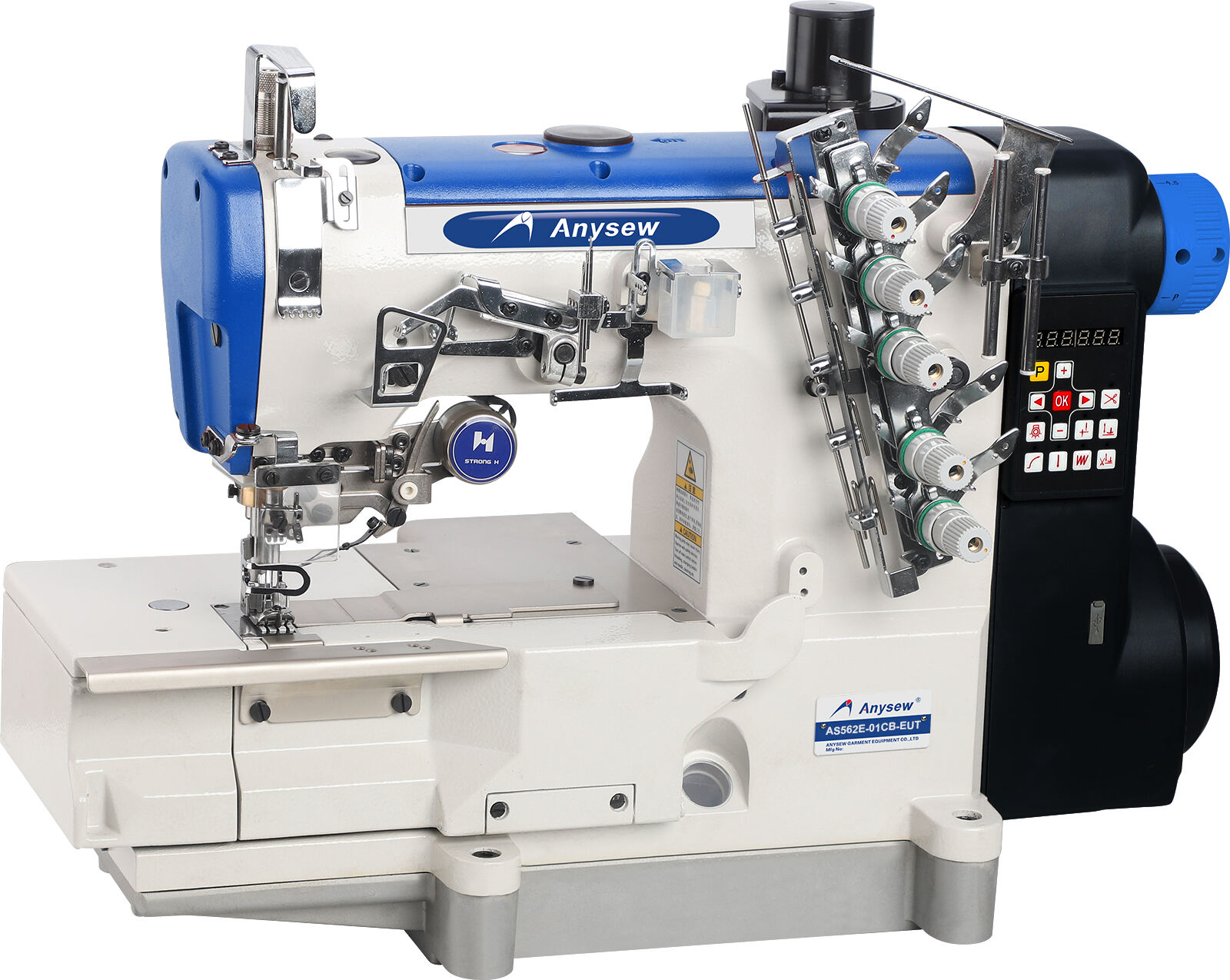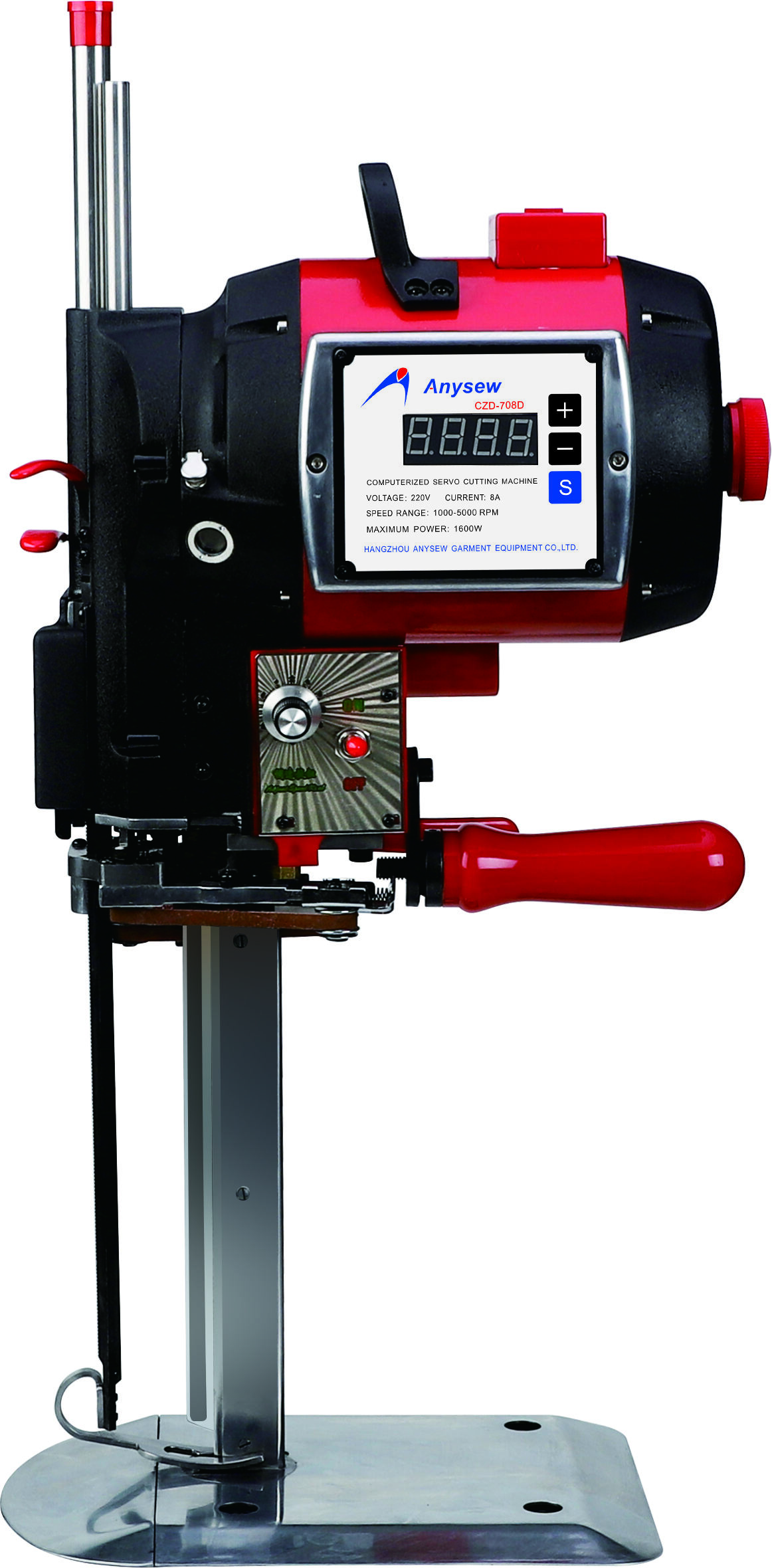servo motors and drives
Servo motors and drives represent a sophisticated motion control system that combines precision engineering with advanced electronic control. These systems consist of a motor that provides mechanical power and a drive that controls the motor's operation with exceptional accuracy. The motor component features permanent magnets and specialized windings that enable precise rotational control, while the drive unit processes feedback signals and adjusts power output accordingly. This closed-loop control system continuously monitors position, velocity, and torque to maintain exact specifications. Modern servo systems incorporate digital controllers, high-resolution encoders, and advanced algorithms to achieve positioning accuracy down to fractions of a millimeter. They excel in applications requiring rapid acceleration, deceleration, and precise positioning, making them integral to industrial automation, robotics, CNC machinery, and precision manufacturing. The system's ability to maintain consistent performance under varying loads and speeds has made it indispensable in modern manufacturing processes. These systems can operate at high speeds while maintaining accuracy, with some models capable of thousands of operations per minute while maintaining sub-micron precision.

